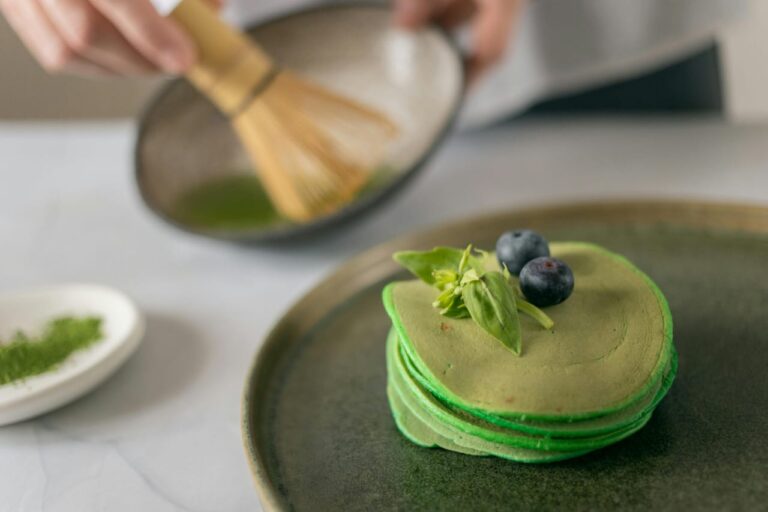Have you ever wondered what makes your favorite candies so colorful? Or how your cake gets that perfect shade of red? The answer lies in food coloring. But is food coloring safe? Should you be concerned about what it might be doing to your health? Let’s dive into the world of food coloring to find out.
What is Food Coloring?
Food coloring is a substance used to add or enhance the color of food and drinks. It comes in various forms, including liquids, powders, gels, and pastes. These colorings can be either natural, derived from plants, minerals, or animals, or artificial, created through chemical processes.
Natural Food Coloring:
Derived from natural sources, such as beet juice (red), turmeric (yellow), and spirulina (blue-green), natural food colorings are often preferred by those looking to avoid synthetic additives. However, they might not always provide the vibrant hues that artificial colors can achieve.
Artificial Food Coloring:
Artificial colorings are man-made and have been used for decades to provide bright, consistent colors. Examples include Red 40, Yellow 5, and Blue 1, which are commonly found in a variety of processed foods.
Why is Food Coloring Used?
Coloring is used for several reasons:
Visual Appeal: Bright colors can make food more attractive and appealing, especially to children. A vibrant cake or a colorful candy can catch the eye and make the food seem more exciting.
Brand Consistency: Many companies use specific colors to maintain consistency in their products. For instance, a brand’s strawberry-flavored yogurt should always be the same shade of pink, no matter when or where it’s purchased.
Compensating for Color Loss: During food processing, colors may fade or change. Coloring is often added to restore the original look of the food.
Identifying Flavors: In some cases, colors are used to indicate flavors. For example, yellow is often associated with lemon flavor, while green might indicate mint.
Is Food Coloring Safe?
Safety concerns about food coloring have been around for years. But what does the science say?
FDA Regulations:
The Food and Drug Administration (FDA) in the United States regulates food colorings. Before any color is approved for use, it undergoes extensive testing to ensure it is safe for consumption. The FDA has a list of approved color additives, and each one has been evaluated for its potential health risks.
Health Concerns:
Some studies have suggested that artificial food colorings may be linked to hyperactivity in children, particularly those with Attention Deficit Hyperactivity Disorder (ADHD). However, the evidence is not conclusive, and the FDA maintains that the approved colorings are safe when used according to regulations.
Another concern is that certain artificial colorings, like Red 40 and Yellow 5, may cause allergic reactions in some individuals. These reactions can range from mild to severe, but they are relatively rare.
Are There Alternatives to Artificial Food Coloring?
If you’re concerned about the potential risks of artificial coloring, there are natural alternatives available. As mentioned earlier, natural colorings can be made from fruits, vegetables, and other plants. Here are some examples:
Beet Juice: Provides a red or pink hue.
Turmeric: Offers a yellow color.
Spinach: Can be used to create a green color.
Butterfly Pea Flower: Gives a blue or purple tint.
These natural options are often used in organic or health-focused products, but they may not always provide the same intensity or stability as artificial colors.
The Future of Food Coloring
As consumers become more health-conscious, the demand for natural food colorings is growing. Companies are investing in research to find new sources of natural colors that can match the vibrancy and stability of artificial ones. Innovations in food science may soon offer new, safer, and more effective color options.
Conclusion:
So, should you be worried about food coloring? If you’re eating a balanced diet with minimal processed foods, your exposure to food colorings is likely low. However, if you consume a lot of brightly colored snacks, candies, and drinks, it might be worth considering how much artificial coloring you’re ingesting.

